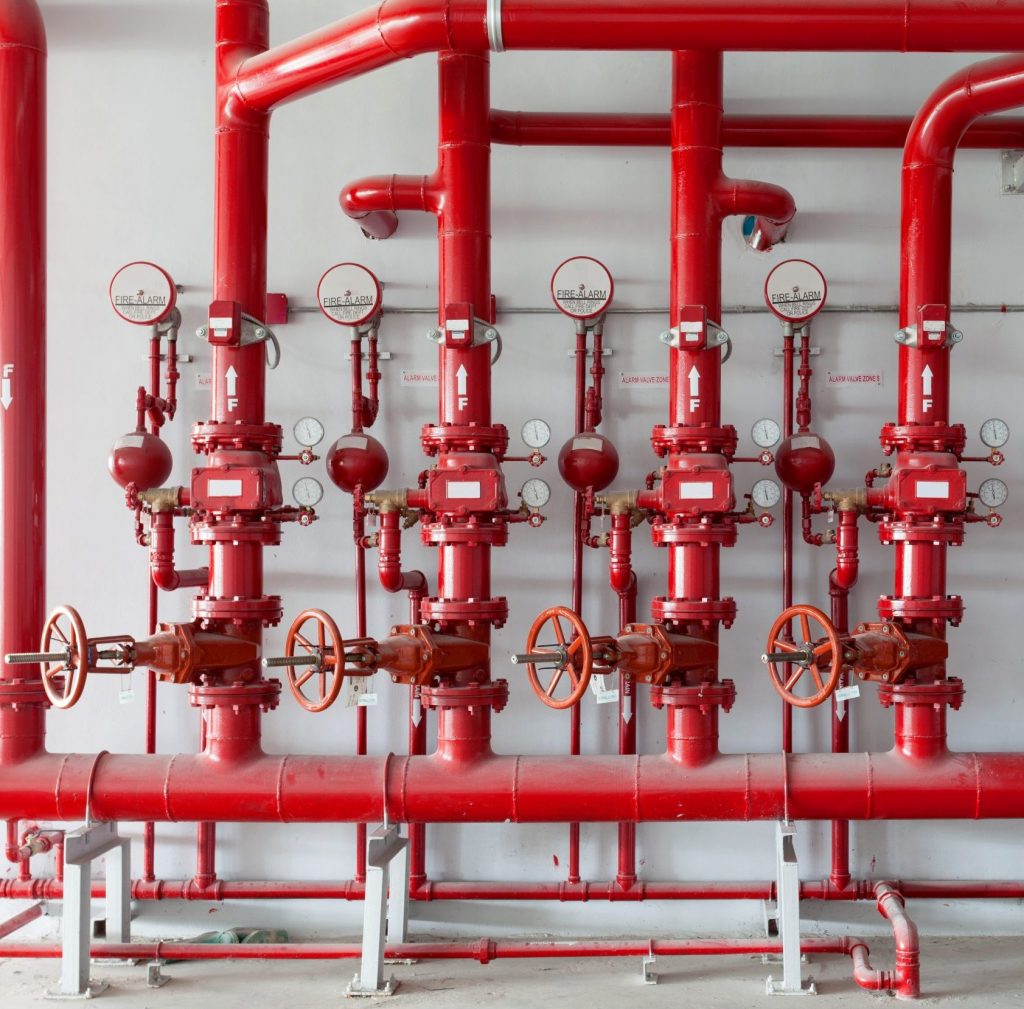Fire safety in Sydney isn’t just an issue of ticking off compliance boxes. The Annual Fire Safety Statement is an essential part of the process. It does more than meet the legal requirements, but also shows the building owner’s commitment and commitment to security. The Annual Fire Safety Statement (AFSS) is the nexus of the system. It is not just a way to meet the legal requirements, but it also demonstrates a building owner’s commitment to safety and responsible behavior.
Why the Annual Statement on Fire Safety is Needed?
The Annual fire safety statement Sydney requirement was never designed to be paperwork for the sake of paperwork. It was introduced because fire protection systems no matter how efficient they are, only function only if they’re tested, maintained and certified on a regularly. You may think that a sprinkler set up just a decade ago is operating just fine, but it can’t function in a crisis if the system hasn’t been examined.

The AFSS insists that property owners show each year the fire safety measures in their property–from alarms and hydrants all the way to lighting at the exits — still meet the requirements originally laid out by the Building Code of Australia (BCA). This is more than just an inspection. It is a public declaration that lives are safe and that the building is able to endure a catastrophic event.
The distinction between AFSS Certificates and Fire Safety Certificates
Owners often make the mistake of confusing the Fire Safety Certificate with the annual report, however the two certificates serve distinct purposes. The certificate will be given after the system has been put in place or major changes are completed. The certificate confirms the new measures comply with the regulations prior to when a property or tenancy is used. The AFSS follows after. It is a recurring responsibility that proves the identical systems meet the requirements each year following the installation.
Together, they form an entire cycle of protection. certificates confirm that safety measures are properly installed and annual reports ensure that the systems are in good condition throughout the building’s life. Missing either step weakens the entire security chain.
The responsibility entrusted to building Owners
In New South Wales, the AFSS procedure is unique because the proprietor of the property holds the sole responsibility. The AFSS process is different from other compliance systems that allow problems to be classified as major and minor. If one or more measures fail, the entire statement cannot be validly issued.
This means that owners must take an active role. The owners must meet strict deadlines while scheduling inspections, involving accredited professionals, arranging repairs and submitting documents to council. For strata and commercial landlords, this means that they must coordinate with each other. committees, this task involves coordination with tenants and contractors as well as insurers. While it can be challenging, the structure was created to ensure safety would never be at risk.
The Impact of AFSS on Sydney
Beyond compliance with law, the AFSS has more ramifications. When deciding to rent space, tenants frequently inquire whether the current safety declaration of a building. Insurers often ask for a copy prior to finalizing their coverage. An up-to-date Annual Fire Safety Statement may affect the value of property, tenant trust, and even the rates of insurance.
For councils, it gives security that ensures that all buildings across Sydney are regularly monitored. For fire departments, it means systems are more likely to operate during emergencies, which can reduce risks to both occupants and firefighters. The AFSS is not only about protecting the individual building, but makes the city safer.
Conclusion: AFSS As a Standard of Trust
It could appear to be an administrative burden, however the annual Fire Safety Statement Sydney is actually an assurance standard. It proves that fire safety measures are not left up to chance. It also shows that the equipment is trustworthy and that building owners accept the responsibility of their residents health and well-being. This certificate, when combined with a Fire Safety Certificate completes the method of verifying the installation of safety measures and their continual performance.
Owners of property can learn something valuable: AFSS are more than just a simple date. It’s a commitment security, accountability and community confidence. In the ever-growing urban landscape of Sydney, where thousands rely on secure and efficient buildings, that dedication is what makes the AFSS important.
